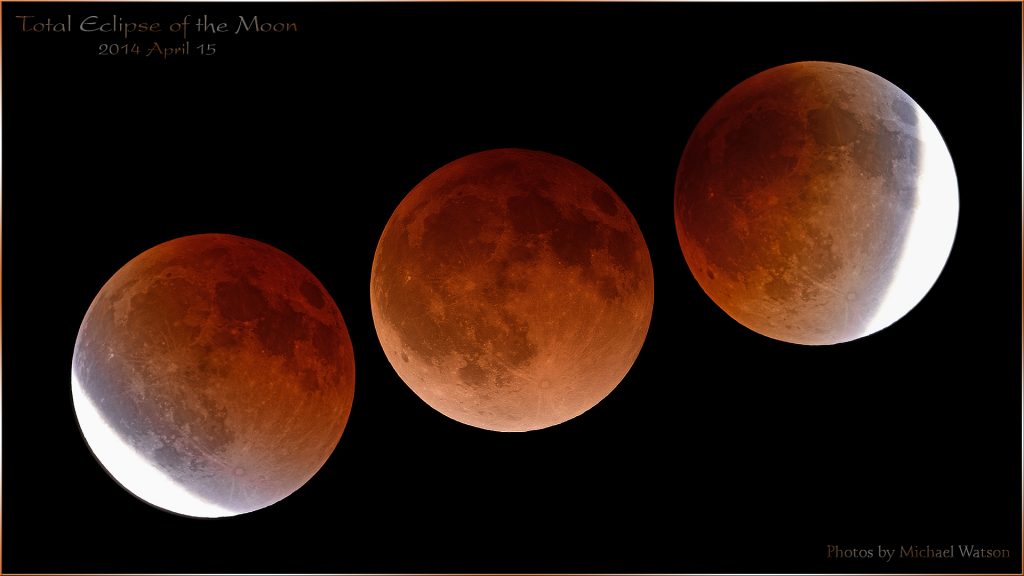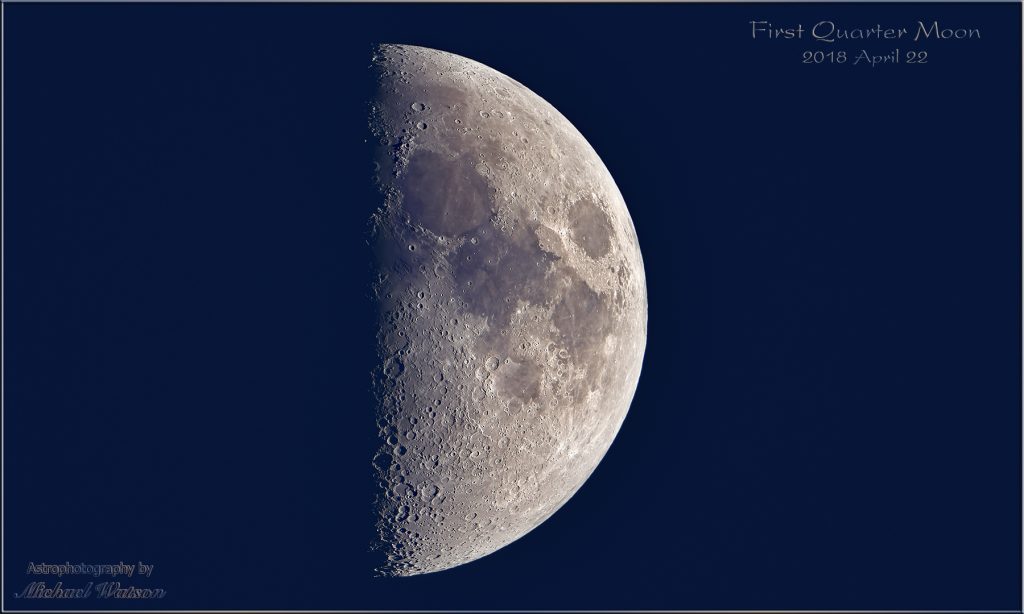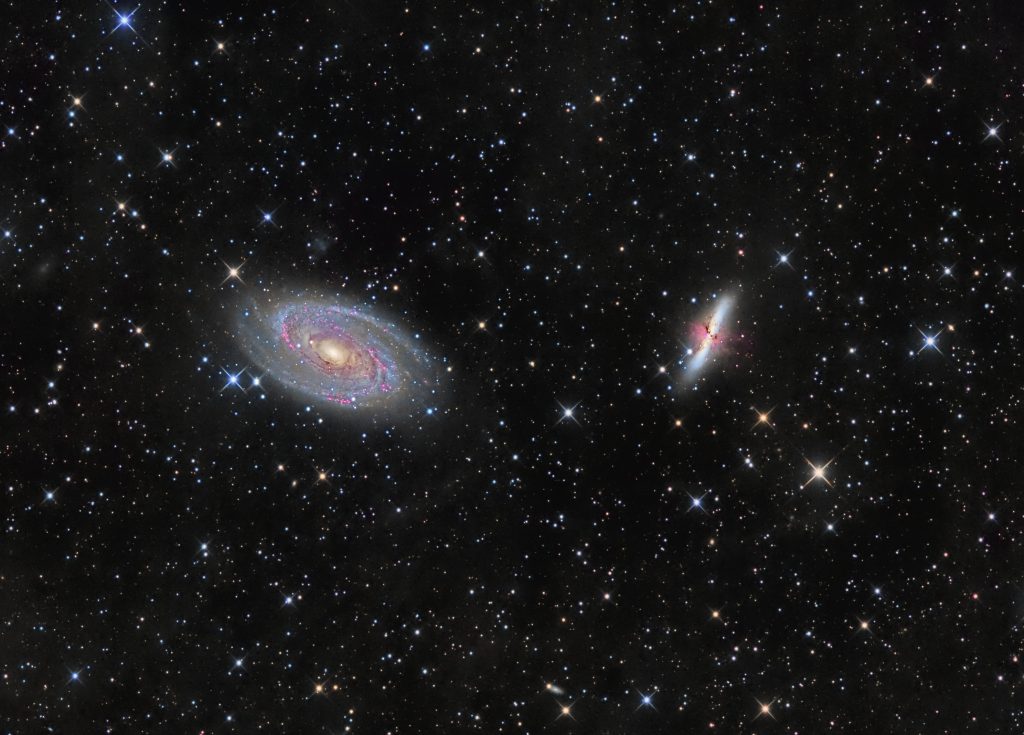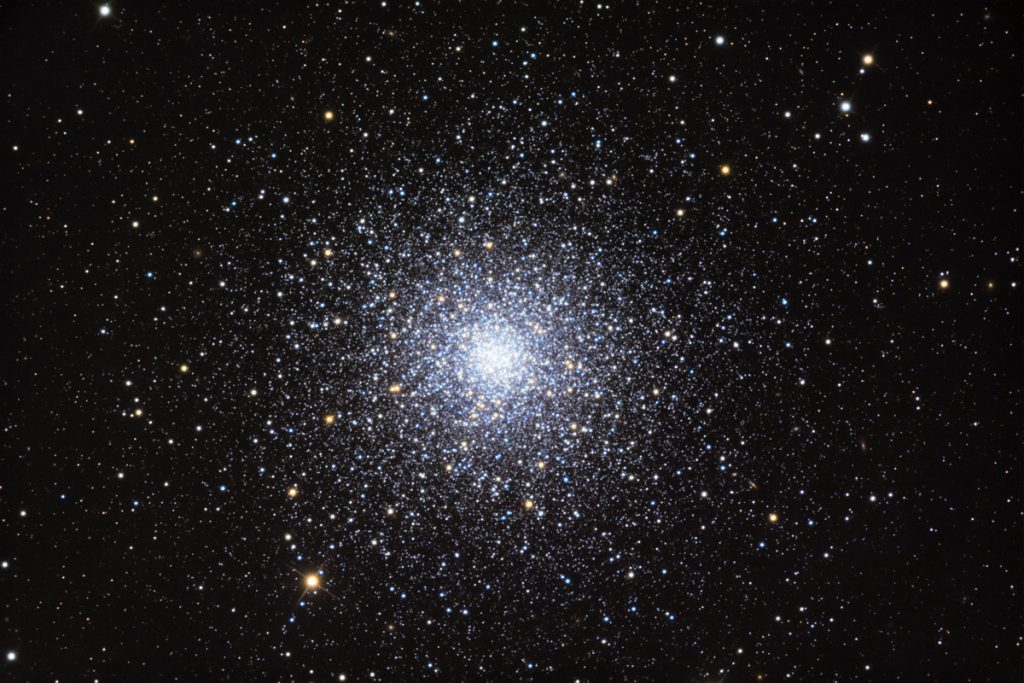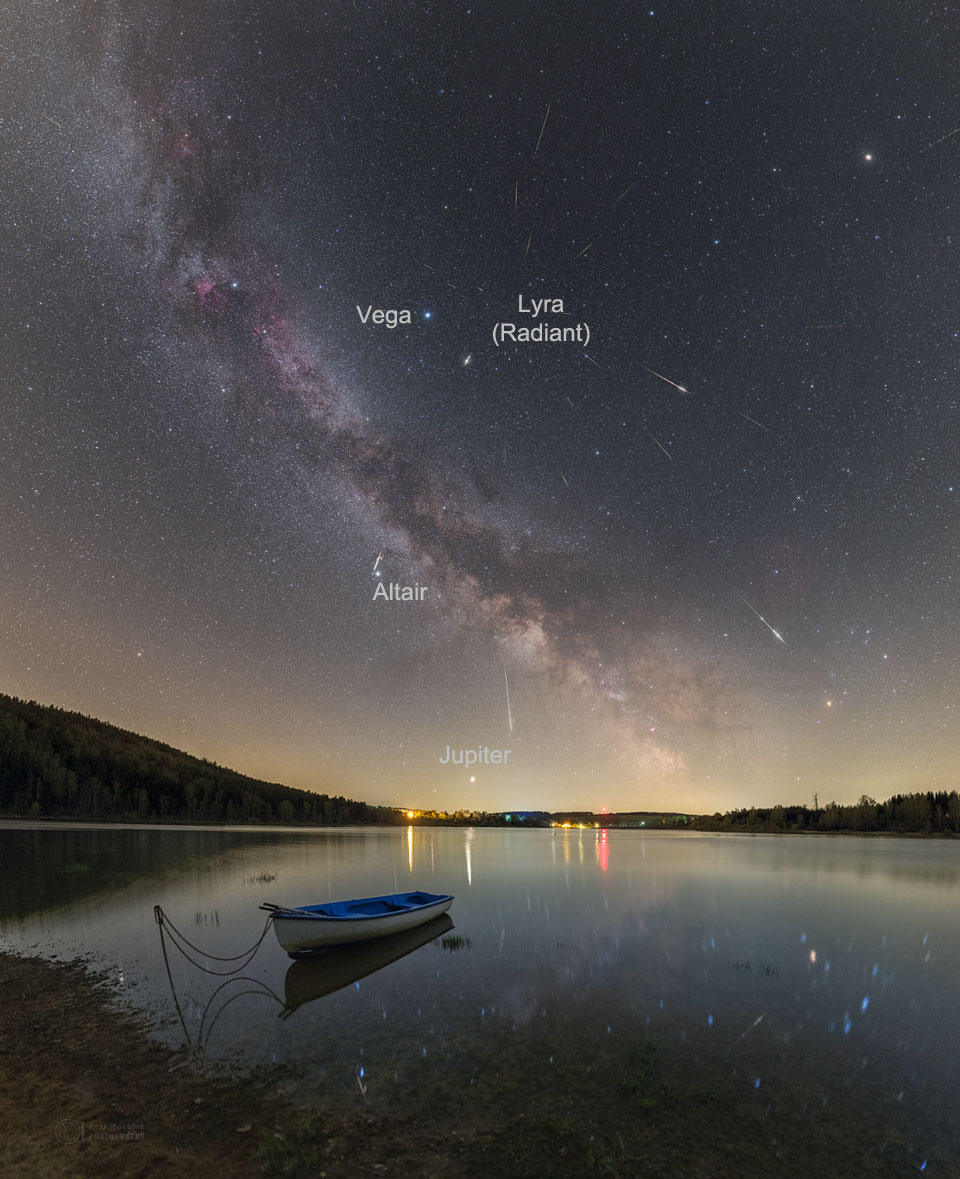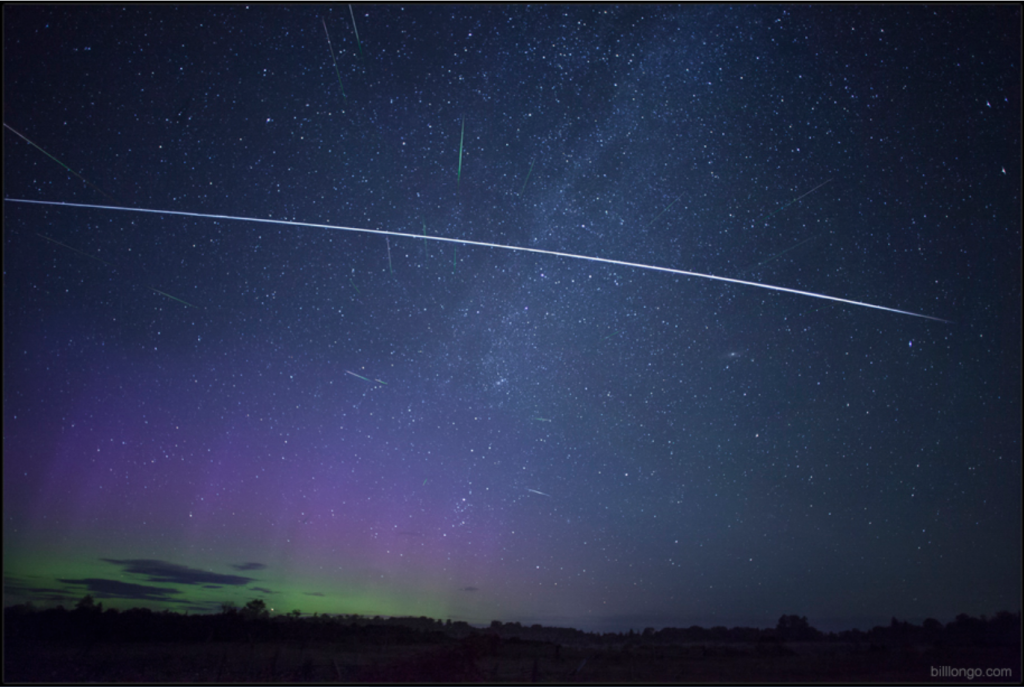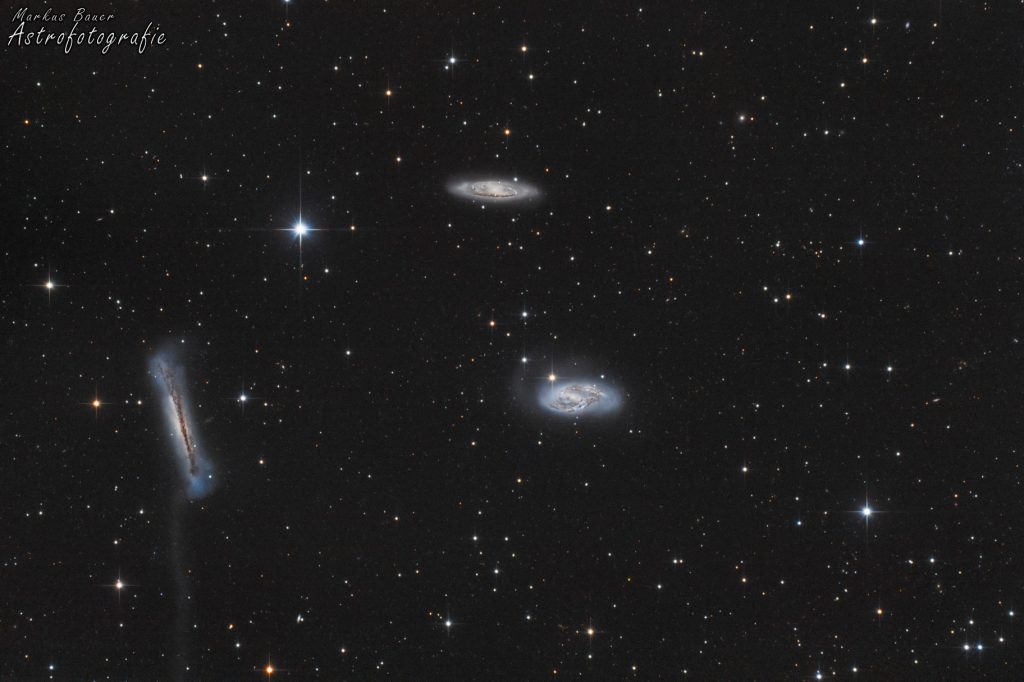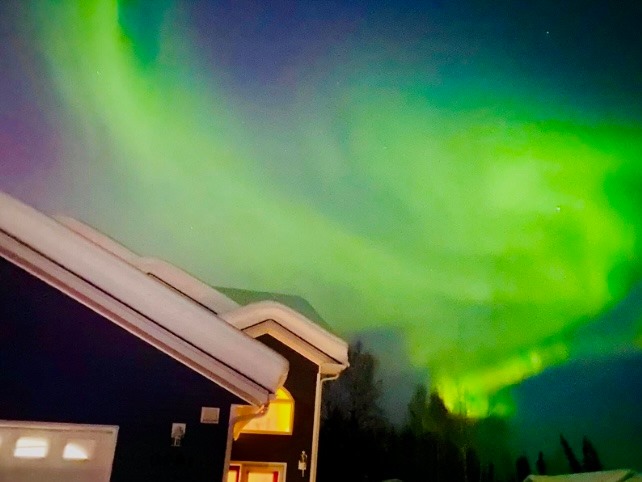The Inner Planets’ Dance Climaxes with a Kiss and the Super Milk Moon Gets Eclipsed!
Michael Watson of Toronto captured this trio of images of the April 15, 2014 lunar eclipse. He carefully positioned the moon to show its east to west motion and the circular shape of Earth’s shadow. For the total lunar eclipse of Wednesday, May 26, 2021 the moon will instead cross through the upper half of…
Read more
